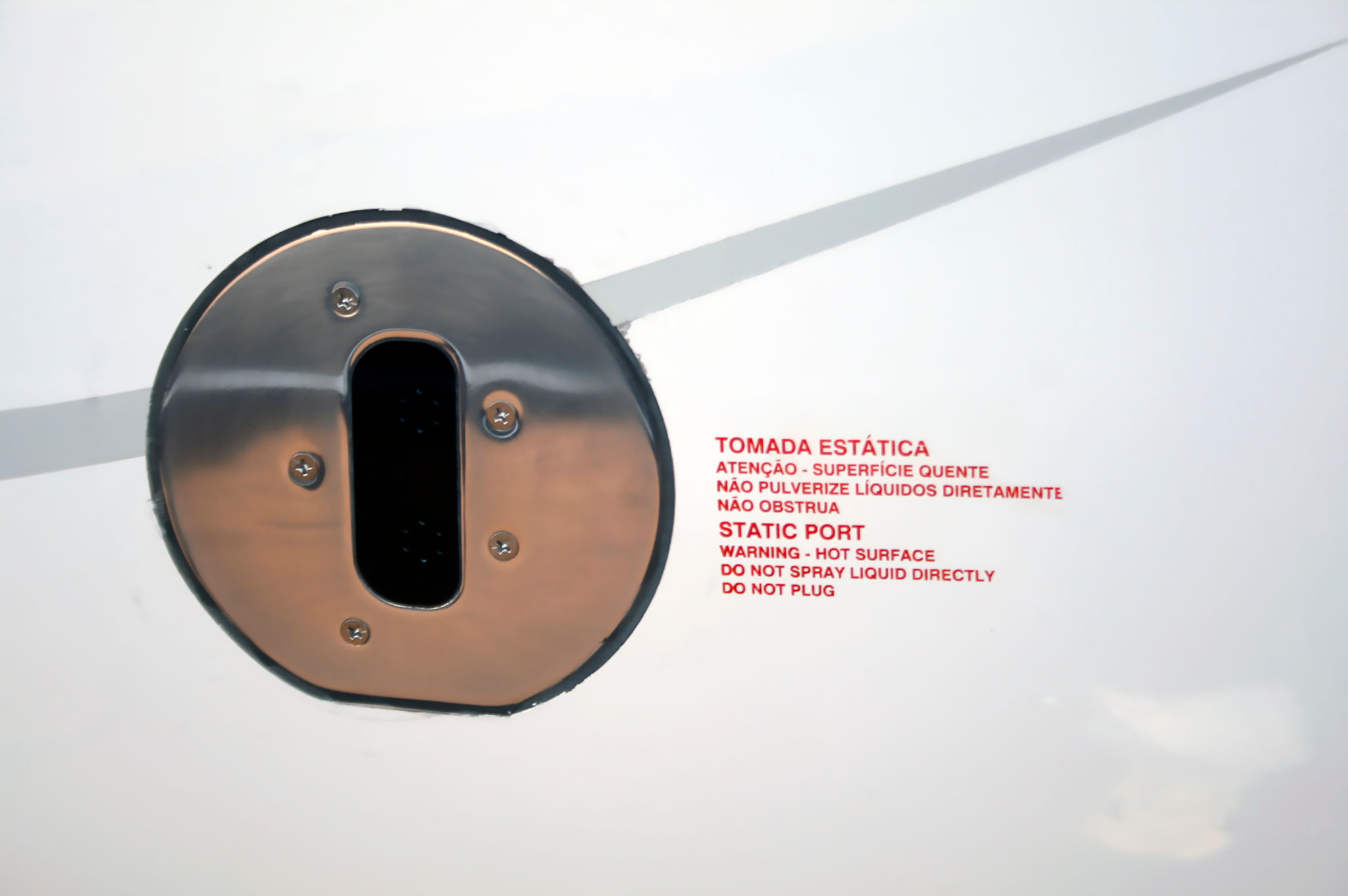Debunking Efoil Myths: What You Really Need to Know
Introduction to Efoils
Efoils have taken the water sports world by storm, offering a unique and exhilarating way to glide across the water. However, with innovation often comes skepticism and misinformation. In this blog post, we aim to debunk some of the most common myths surrounding efoils and provide you with the facts you need to know.
Before diving into the myths, it's important to understand what an efoil is. Essentially, an efoil is a surfboard with a hydrofoil and an electric motor, allowing riders to hover above the water's surface. This technology provides a smooth and quiet ride, making it a favorite for both thrill-seekers and casual riders alike.

Myth 1: Efoils Are Difficult to Ride
One of the most common misconceptions is that efoils are challenging to master. While it's true that there is a learning curve, many find that, with a bit of practice, efoiling becomes intuitive and rewarding. Beginners can start by riding on their knees or in a prone position, gradually working up to standing as they gain confidence.
Many efoils come with remote controls that allow for speed adjustments, making it easier for novices to find their comfort zone. Additionally, there are numerous tutorials and lessons available online and in-person to help new riders get started.
Myth 2: Efoils Are Unsafe
Safety concerns are often raised when discussing efoils, but these worries are largely unfounded. Efoils are designed with safety in mind. Most models have a safety leash, emergency stop features, and buoyant boards that help in staying afloat.

As with any water sport, wearing appropriate safety gear is crucial. A helmet and a life vest are recommended for all riders. Moreover, understanding your surroundings and being aware of other watercraft can further minimize risks.
Myth 3: Efoils Are Only for the Wealthy
It's true that efoils can be a significant investment, but they're becoming more accessible as technology advances. The initial cost may seem high, but when compared to other high-end watercraft or experiences, efoils offer a unique value proposition.
- Consider renting an efoil to test the waters before committing to a purchase.
- Look for second-hand options or entry-level models to reduce costs.
- Keep in mind that maintenance costs are relatively low compared to traditional boats.

Myth 4: Efoils Are Bad for the Environment
Concerns about environmental impact are valid, but efoils are more eco-friendly than many assume. Unlike gas-powered watercraft, efoils run on electricity, producing zero emissions. This makes them a sustainable option for those looking to enjoy water sports without harming the environment.
Furthermore, many efoil manufacturers are committed to sustainability, using eco-friendly materials and production processes. As consumers, opting for brands that prioritize environmental responsibility can further reduce your ecological footprint.
Conclusion: Embrace the Efoil Experience
Efoils offer an exciting and modern way to enjoy the water, and understanding the realities behind common myths can enhance your experience. By considering safety measures, exploring cost-effective options, and acknowledging their environmental benefits, you can confidently dive into the world of efoiling.
We hope this blog post has debunked some of the misconceptions around efoils and has inspired you to give this innovative sport a try. Whether you're a seasoned water sports enthusiast or new to the scene, efoiling promises an unforgettable adventure.